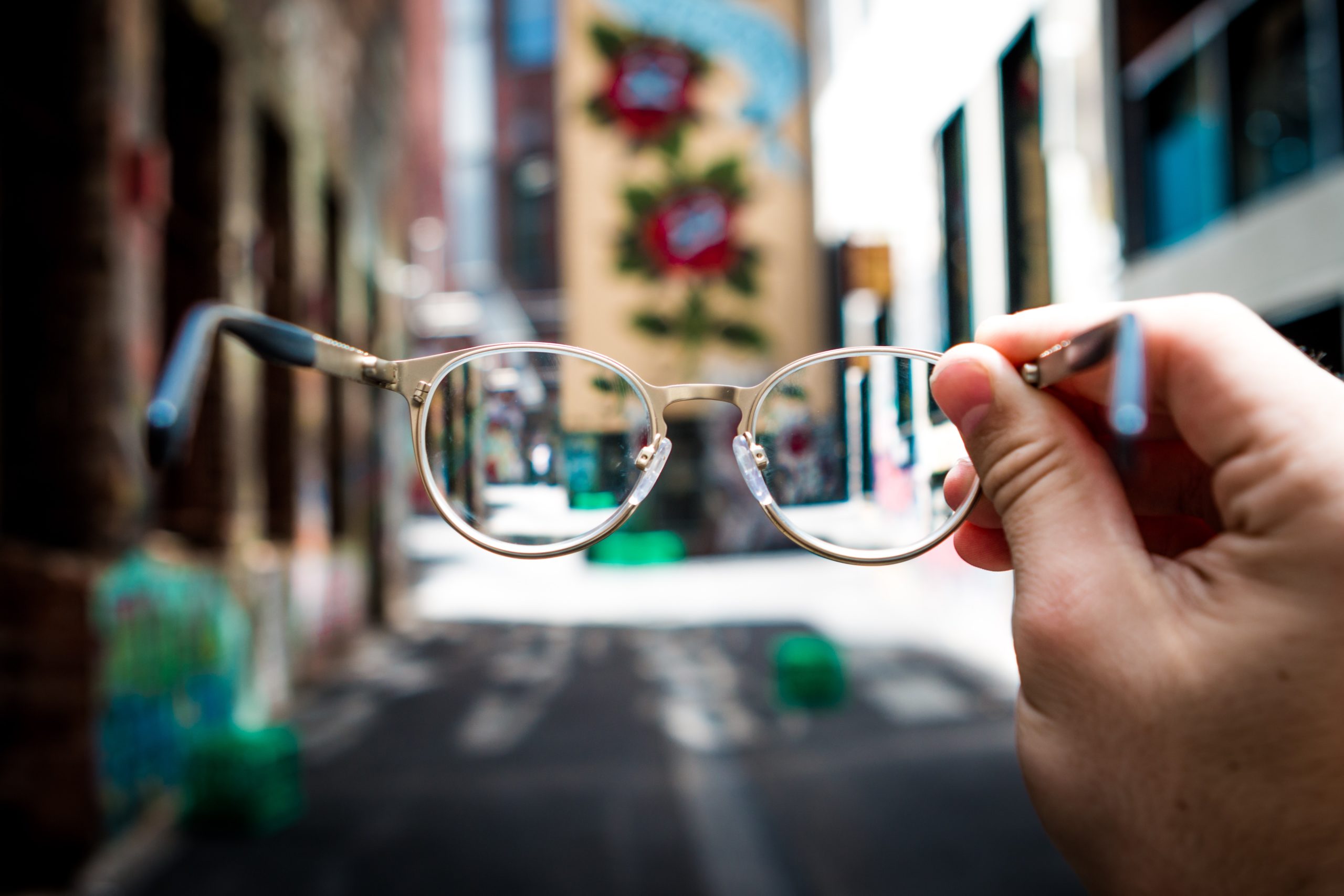
Being a low vision individual is challenging. It can be so frustrating to loose vision or not be able to see the way the rest of the world can. Our Denver Vision eye doctor specializes in low vision.
Low vision is a condition in which a patient’s vision loss cannot be corrected through glasses, contacts or surgery. Low vision is different from blindness in the fact some vision still remains. This could include blind spots, poor night vision, and blurry sight.
Causes are typically macular degeneration, glaucoma, and diabetes.
There are two types, partially sighted which is vision between 20/70 and 20/200 with lenses. Then there is legally blind. This is a field of vision worse than 20/200.
Low vision is due to a lot of different conditions or injuries. With that said, since age-related disorders are one of the highest causes of low vision, it is more common in adults over 45 and even more prevalent in individuals over the age of 75.
Low vision is diagnosed by an eye care specialist. Typically individuals will identify difficult in daily activates and make an appointment. The eye doctor will do a full exam to identify what type of low vision the patient may have.
There are a few different treatment options depending on the cause of low vision. First, diabetic retinopathy or low vision due to diabetes. This causes damage to the blood vessels. Most treatments are simply vision aids. These include telescopic glasses, lenses that filter light, magnifying glasses, hand magnifiers, close-circuit TV, and reading prisms. In addition, patients have used text reading software, high contracts screens, and larger print publications.
The good news is that an artificial intelligence powered pair of glasses is being launched at Arvind Eye Hospital. This first of its kind, this device works like any other pair of glasses but it has two pen drive like gadgets on the arms which are cameras. These cameras capture images within two meters of the individual and warns them of obstacles. In addition, it can read out brail by scanning the images.
This is still a work in progress, but the creators are taking feedback very seriously on the device so when it is ready available to the public they are able to have a device that works for their needs.
If you think you may suffer from low vision, contact us for an exam today!